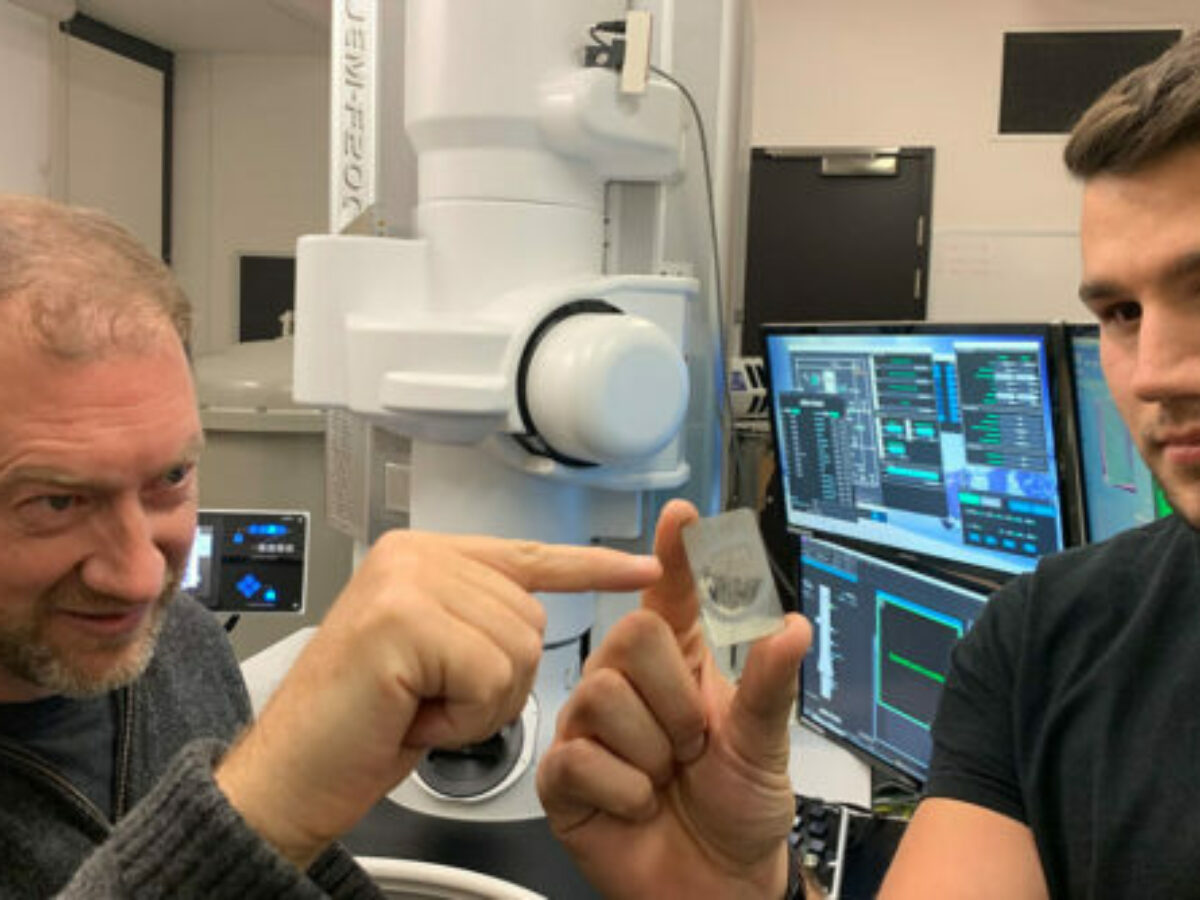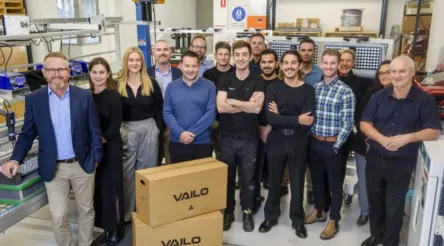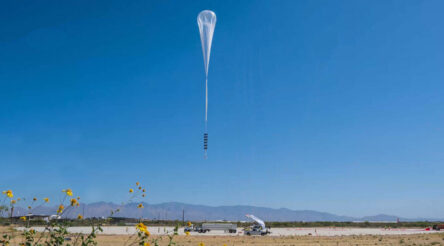Australian team finds rare, incredibly hard diamond in space rocks

Research published on Tuesday and led by Monash University might lead to the production of novel, ultra-hard diamonds with usefulness in industrial applications.
The team – made up of researchers from Monash University, CSIRO, RMIT University, the Australian Synchrotron, and Plymouth University – has had its work published in Proceedings of the National Academy of Sciences (PNAS.)
A statement from CSIRO said the work confirmed the existence of lonsdaleite – a type of diamond that is hexagonal rather than cubic – in a sample of ureleite meteorites from an ancient dwarf planet.
Research lead Professor Andy Tomkins, a geologist from Monash University, said the work showed a process that created lonsdaleite. In this, it replaced graphite crystals in the planet’s mantle “facilitated by a super-hot fluid as it cools and decompresses.”
Tomkins said the researchers “propose that lonsdaleite in the meteorites formed from a supercritical fluid at high temperature and moderate pressures, almost perfectly preserving the textures of the pre-existing graphite.”
“There’s strong evidence that there’s a newly discovered formation process for the lonsdaleite and regular diamond, which is like a supercritical chemical vapour deposition process that has taken place in these space rocks, probably in the dwarf planet shortly after a catastrophic collision,” added Professor Dougal McCulloch from RMIT.
“Chemical vapour deposition is one of the ways that people make diamonds in the lab, essentially by growing them in a specialised chamber.”
An electron probe microanalyser at CSIRO was first used to “quickly map the relative distribution of graphite, diamond, and lonsdaleite” in the samples.
Together with high-resolution transmission electron microscopy at RMIT University, it “helped identify the largest lonsdaleite crystallites to date—up to one micron in size.”
CSIRO said the two techniques and the collaboration between the experts helped confirm the presence of lonsdaleite, the “existence [of which] has been a controversial topic”.
The organisation’s Colin MacRae said the implications could be enormous for industrial use.
“If something that’s harder than diamond can be manufactured readily, that’s something industry would want to know about,” he said.
The team’s paper can be accessed here.
Picture: Tomkins (left) with RMIT University PhD scholar Alan Salek holding a ureilite meteor sample at the RMIT Microscopy and Microanalysis Facility. (Credit: RMIT University)
Topics Manufacturing News Technology
@aumanufacturing Sections
Analysis and Commentary Awards Defence Manufacturing News Podcast Technology Videos










